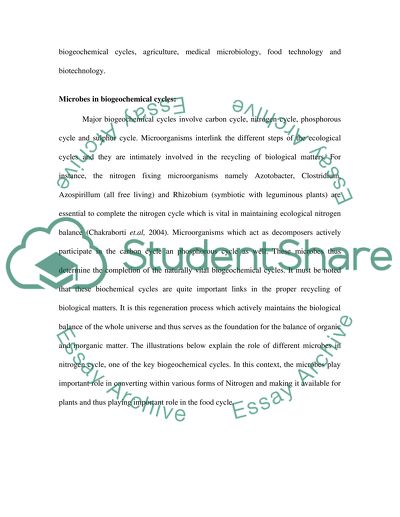Cite this document
(“Microorganisms in Nature and Biotechnology Essay”, n.d.)
Retrieved from https://studentshare.org/miscellaneous/1555194-microorganisms-in-nature-and-biotechnology
Retrieved from https://studentshare.org/miscellaneous/1555194-microorganisms-in-nature-and-biotechnology
(Microorganisms in Nature and Biotechnology Essay)
https://studentshare.org/miscellaneous/1555194-microorganisms-in-nature-and-biotechnology.
https://studentshare.org/miscellaneous/1555194-microorganisms-in-nature-and-biotechnology.
“Microorganisms in Nature and Biotechnology Essay”, n.d. https://studentshare.org/miscellaneous/1555194-microorganisms-in-nature-and-biotechnology.


